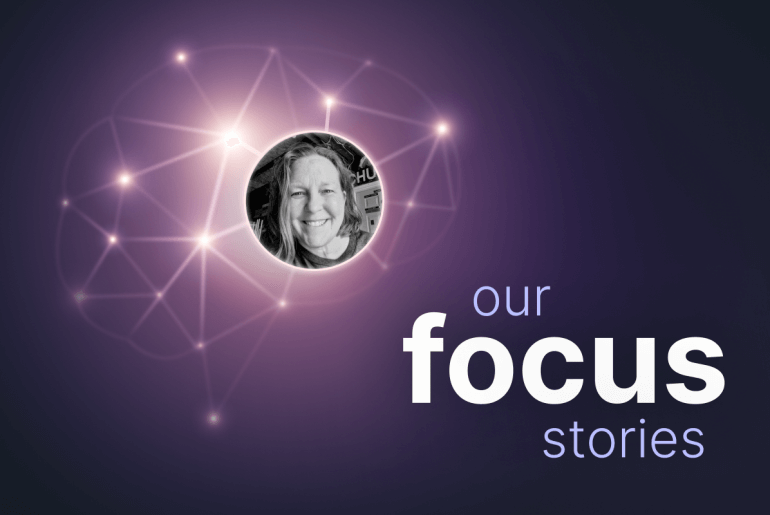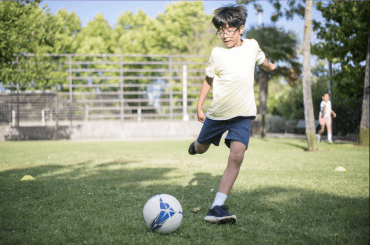Sometimes the smallest steps are the hardest. In my recent discussion with Theresa Olsen, a Regional SEL Specialist in Pekin, IL, she talked about how her own experience with focus has a lot to do with time. “The timer feature in Focusable helps me because it gives me an end-goal [that isn’t the product].” She likes that the timer is adjustable; it allows for a customization of the product’s core function. “If I feel like I’m doing well, I’ll increase the time. If I’m having trouble, I’ll break it up more – 5, 5, 10, 10.” We love how Theresa treats more time as a reward itself – to find more joy in what you’re doing, you need a commitment to sustained attention.
But it’s tough to get there without first building awareness of your own behavior. This is where reflections come in. At first, this was hard for Theresa. “Initially, video recording my reflections felt awkward to me. But now I just talk.” This is another way that you can build your own experience of progressing your focus. With reflection, you become aware of what you need. “When you speak out loud, it helps you think and make connections,” Theresa explains. “I think each part of the Progression is important and needed as part of the process.”
When it comes to introducing Focusable to classroom teachers, Theresa recalls her time as a special education teacher. “Work refusal is a huge challenge in many classrooms.” She suggests that if you start in small groups with some work that’s not very difficult – coloring, solving simple problems – kids can get a handle on how it works to help them. “For students who struggle to even get started, this could be a game-changer.”
As the autonomy of the learner becomes an increasingly desired standard in modern classrooms, it’s important that we don’t leave out the role of meta-awareness in the equation – often confused with meta-cognition. In order to begin gaining control over their attention, students need to practice noticing their own behavior and distractions. That’s where autonomy can begin to have life-changing effects. Theresa says, “Focusable gives the students some autonomy – they can increase their time after they master 5 mins.”
This kind of decision-making requires that teachers guide students in the hard work of initially facing discomfort. A big part of that guidance can be reassurance that you as the teacher also need this work – that you also know what it feels like to struggle with attention. Theresa points out using Focusable for a knitting project because sometimes we find a way to even avoid something we enjoy – a curious symptom of our overstimulated reality. “Most of the time for me, half the battle is getting started. Show students what they’re going to do and why.”



